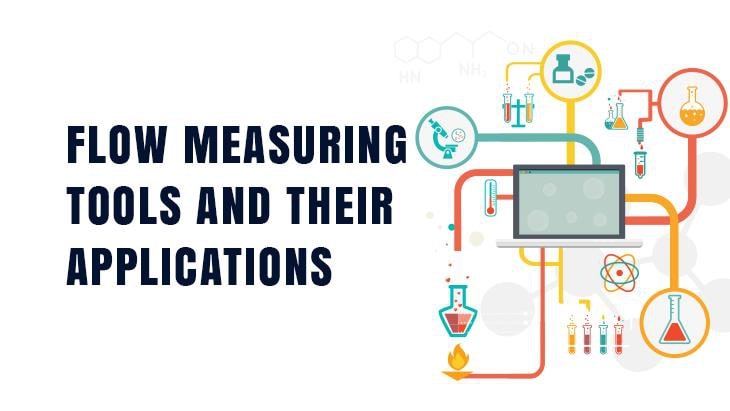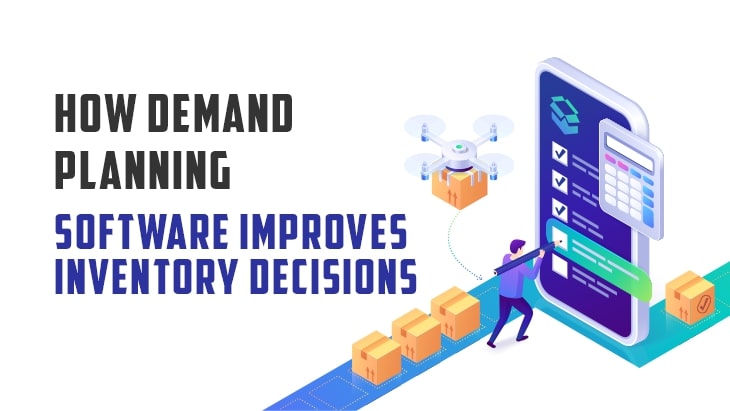Over the years, the meaning of customer engagement has evolved significantly. In our hyper-competitive business landscape, harnessing the power of satisfied customers is not just a strategy but a necessity for brand growth and sustainability.
But what is customer advocacy exactly? Customer advocacy programs, by their very design, aim to transform happy customers into brand ambassadors, those who willingly and enthusiastically promote a brand through word-of-mouth. This transformative approach not only elevates brand credibility but also fosters a community of loyal followers.
As businesses strive to navigate the complexities of consumer behavior, understanding what customer advocacy is and how to properly leverage it becomes increasingly crucial. In this post, we’ll delve into six strategies for effectively nurturing and utilizing these programs to create a robust network of brand advocates.
Define Clear Objectives for Your Program
The foundation of a successful customer advocacy program lies in the clarity of its objectives. These goals should be specific and measurable, providing a clear direction for the program's trajectory. For instance, the objectives can range from increasing brand awareness to driving sales through word-of-mouth marketing.
By defining these goals, you establish a framework that guides your strategies and offers a benchmark for measuring success. This clarity ensures that every aspect of the program is purpose-driven and aligned with the overall business strategy.
Identify and Segment Your Advocates
A crucial step in managing your program is identifying potential customer advocates. These are customers who are not only satisfied with your products or services but are also eager to share their positive experiences with others. Once identified, segmenting these advocates is essential.
This segmentation can be based on various factors, such as their level of engagement, influence, and interests. Tailoring your approach to different segments ensures that your interactions are relevant and impactful. This personalized strategy helps cultivate a deeper connection with your advocates, making them feel valued and understood.
Create Engaging Advocacy Activities
To keep your advocates motivated and engaged, it’s important to create activities that are both enjoyable and beneficial to them. This could include offering exclusive content, early access to new products, or opportunities to participate in feedback sessions.
These activities should serve a dual purpose: aligning with your business goals while catering to the interests of your advocates. For instance, an exclusive webinar on an upcoming product can excite advocates and also provide valuable insights for your business. The key is to find a balance that offers mutual benefits, thereby sustaining their interest and commitment to your brand.
Offer Value and Recognition to Advocates
Recognizing and rewarding your advocates is fundamental to maintaining their enthusiasm and loyalty. This can be achieved through various forms of recognition and incentives. For example, you might offer discounts, feature their testimonials in marketing materials, or acknowledge their contributions on social media.
Such gestures of appreciation not only reinforce their positive feelings toward your brand but also encourage continued advocacy. It's about creating a sense of community and belonging where advocates feel valued and part of something bigger than just a transaction.
Measure and Optimize Program Performance
To ensure the longevity and effectiveness of your customer advocacy program, it’s imperative to track its performance. This involves monitoring key performance indicators (KPIs) like engagement rates, referral traffic, and conversion rates. These KPIs can provide you with insights into what’s working and what needs improvement.
Based on this data, you can fine-tune your strategies and activities for better alignment with your objectives. Continuous optimization, guided by performance analytics, helps keep the program dynamic and responsive to changing trends and advocate preferences.
Foster Continuous Communication and Feedback Loops
A pivotal aspect of the management of a customer advocacy program is fostering continuous communication and establishing feedback loops with your advocates. This interactive approach is not only about sharing information or promoting activities but is also essential for listening to and valuing the insights and experiences of your advocates.
Engaging in such open dialogues allows for the collection of valuable feedback on various aspects of your business, including the advocacy program itself. Notably, this engagement is more than a mere formality; it has tangible benefits.
For instance, it has been observed that customer advocacy programs can result in a 25% reduction in churn rate. This statistic underscores the importance of maintaining a strong connection with customers, as their continued satisfaction and input directly contribute to a more stable and loyal customer base.
Final Thoughts
Successfully managing a customer advocacy program requires a strategic approach that encompasses a few essential steps. By adhering to this path, you can ensure that your program not only resonates with your advocates but also contributes significantly to achieving your business goals. Remember, at the heart of a successful advocacy program is the relationship you build with your customers, turning their satisfaction into your brand’s most powerful endorsement.

















Post Comments